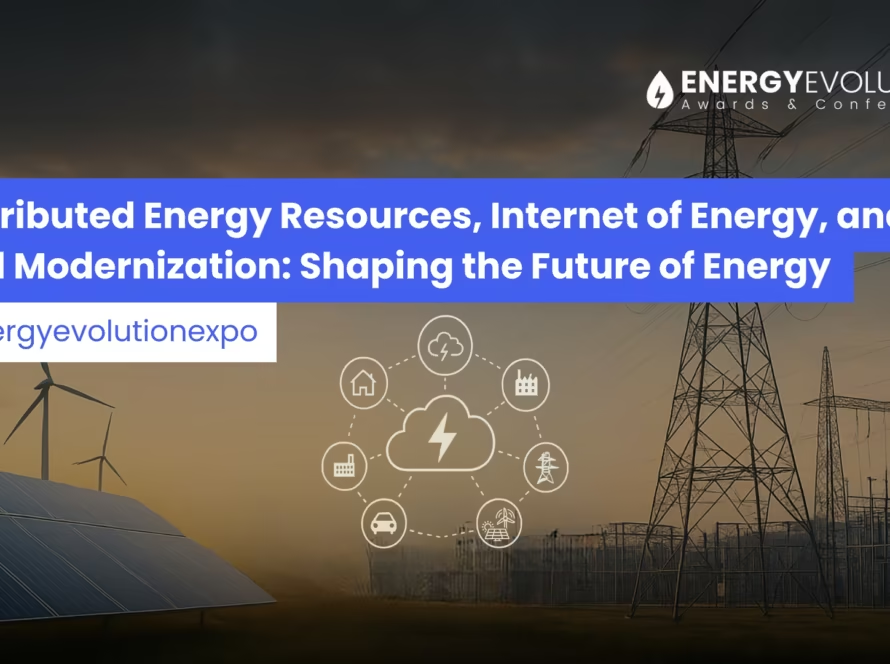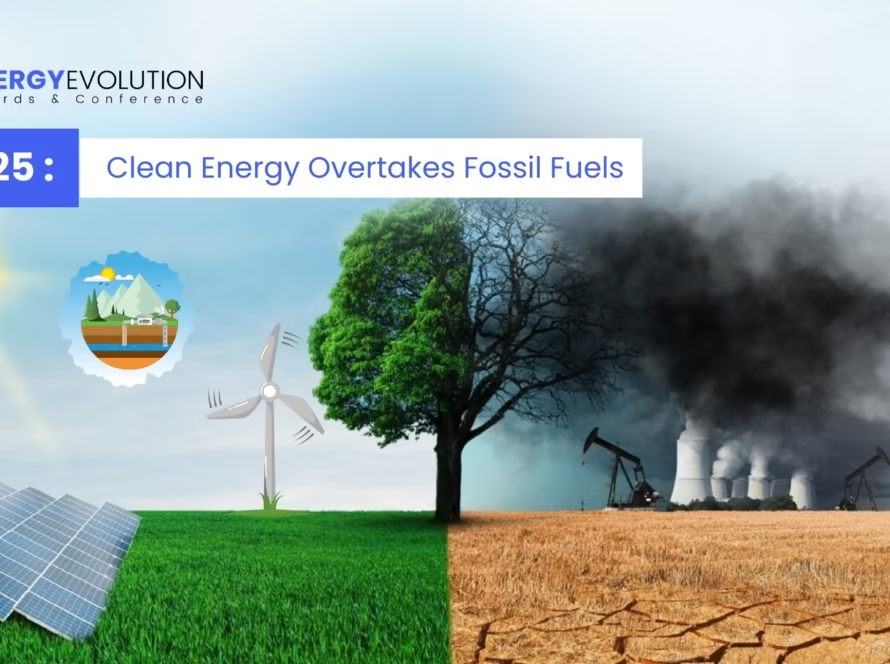Green hydrogen plays a crucial and expanding role in the 2025 energy landscape by acting as a clean, carbon-free fuel that supports decarbonization of hard-to-abate sectors such as steel, cement, shipping, and aviation. Produced via electrolysis powered by renewable energy, green hydrogen offers a sustainable energy storage solution to balance intermittent renewables like solar and wind, enabling energy use even during low generation periods.
Key aspects of green hydrogen in 2025
Decarbonizing Hard-to-Abate Sectors
Green hydrogen is unlocking new possibilities for industries that cannot fully electrify, such as steel, cement, shipping, and aviation. By replacing fossil fuels in high-temperature processes and long-haul transport, it enables emission reductions at scale—critical for meeting global net-zero targets.
Energy Storage and Grid Balancing
Beyond industrial use, green hydrogen serves as a powerful energy storage solution. By storing surplus solar and wind power and converting it back into electricity or clean fuel, it ensures round-the-clock renewable energy availability, enhancing grid resilience.
Policy and Investment Momentum
Governments worldwide are backing hydrogen as a strategic priority. In India, the National Green Hydrogen Mission (NGHM), launched in 2023 with a budget of ₹19,744 crore (USD 2.4 billion), aims to make the country a global hub for hydrogen production and exports. With a target of 5 million tonnes annual capacity by 2030, alongside 125 GW of renewable energy, the mission is set to create 600,000+ jobs and drastically cut fossil fuel imports.
At the state level, support is even more encouraging. States like Odisha, Gujarat, Rajasthan, and Tamil Nadu offer incentives such as capital subsidies, GST reimbursements, and electricity duty exemptions, unlocking an estimated USD 60 billion in support. Together, these measures create a vibrant ecosystem for producers, investors, and innovators.
Scaling Projects Across the Globe
Countries such as Germany, Saudi Arabia, and Australia are also investing heavily in flagship hydrogen projects, many of which will go live in 2025. These initiatives not only scale production but also fuel international trade, positioning green hydrogen as a strategic commodity of the future.
Case Studies: From Saudi Arabia to India
NEOM Project, Saudi Arabia: One of the world’s largest green hydrogen projects, NEOM is being developed with a $8.4 billion investment. Powered entirely by solar and wind, it aims to produce 600 tonnes of green hydrogen per day by 2026, primarily for export. This project highlights how hydrogen can fuel global trade while supporting decarbonization.
India’s Steel and Mobility Pilots: Under the NGHM, Indian companies are piloting hydrogen use in steelmaking and mobility. For example, hydrogen-powered buses and trucks are being tested in states like Gujarat and Maharashtra, while leading steelmakers are exploring hydrogen-based direct reduction processes. These pilots show how hydrogen adoption can transform both heavy industry and transport.
Economic and Environmental Impact
The sector is expected to contribute billions to national GDPs, strengthen rural and industrial economies, and reduce millions of tonnes of CO₂ emissions annually. It is a rare solution that combines environmental stewardship with economic growth.
Looking Ahead: Energy Evolution Award & Conference 2026
As the world accelerates toward a hydrogen-powered future, platforms that celebrate and connect innovators will be pivotal. The Energy Evolution Award & Conference 2026 is set to spotlight global breakthroughs in clean energy, with a strong emphasis on hydrogen technologies, renewable integration, and industrial decarbonization.
This event will bring together industry leaders, policymakers, researchers, and startups to showcase best practices, foster partnerships, and highlight the projects shaping the next decade of sustainable energy. For India and other emerging hydrogen hubs, it offers an unparalleled opportunity to demonstrate progress, attract global collaborations, and cement their role in the energy evolution.
Conclusion
Green hydrogen is no longer just a vision for the future—it is here, scaling across industries, reshaping economies, and fueling the clean energy transition. By 2025 and beyond, it will be one of the strongest pillars driving the global journey toward net zero.




